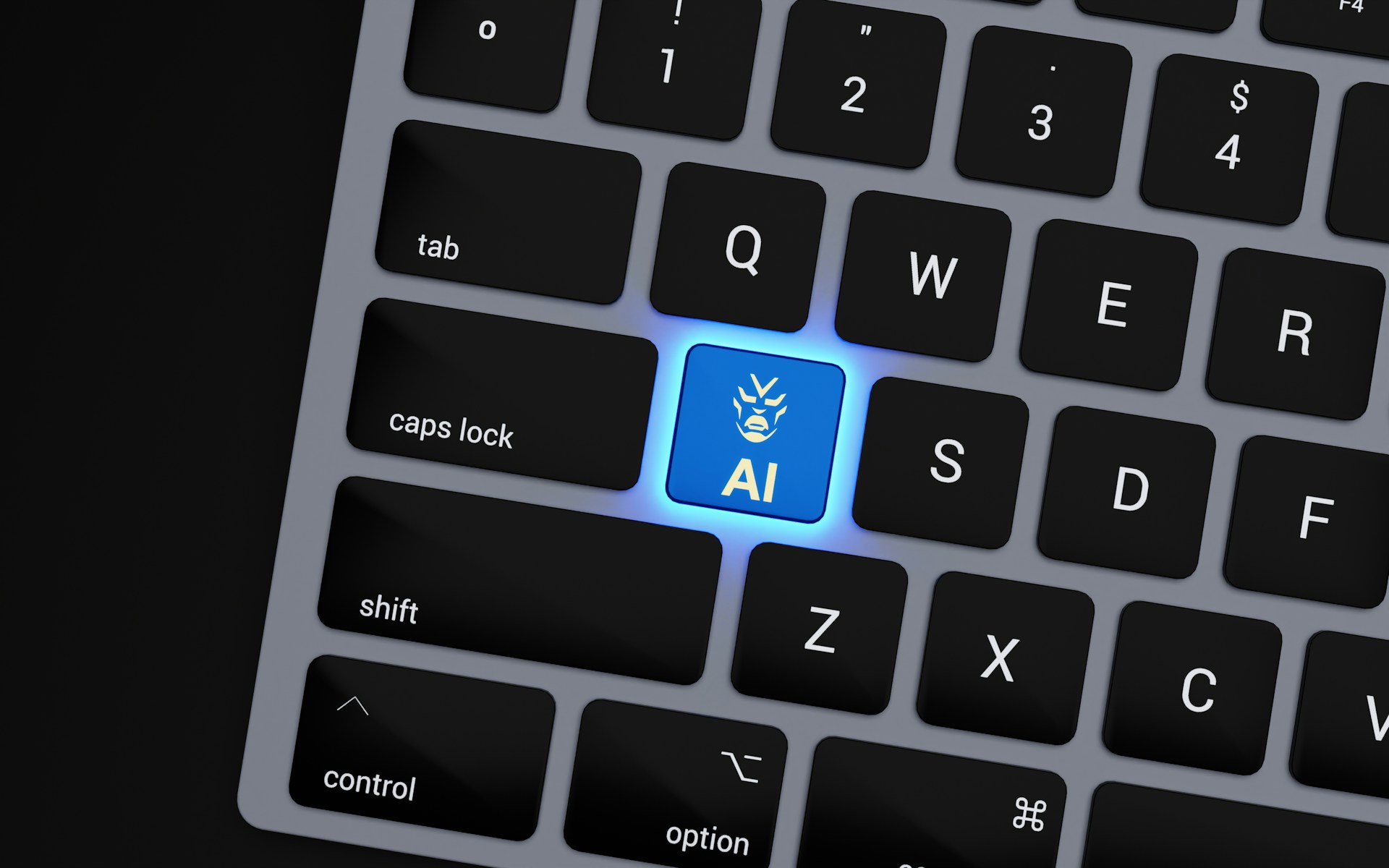As a PR professional with over 10 years of experience, I’m witnessing a massive shift: AI is transforming the very foundations of communications. Clients are questioning the value of large agencies with USD 10K+ retainers. At the same time, corporations are pulling back from investing in C-level personal brands, while founders are stepping in — building their own visibility with tools like ChatGPT. Personal branding has never been more accessible — or more competitive.
Today, anyone can capture attention. The competition for visibility is no longer limited to top executives; it’s everywhere. And if you haven’t started yet, the race will only get tougher. The good news: with the right questions and a clear set of steps, you can begin now — and still stand out from the crowd.
Having developed personal branding strategies for Fortune 500 executives, I’ve distilled a simple, AI-powered algorithm you can apply yourself. Follow these five steps, and you’ll be able to draft a personal brand strategy that is sharp, relevant, and future-proof.
Define Your Goal and Align It with Your Life Strategy
Personal branding should serve a bigger purpose. Your goals may change over time, but clarity is key: what do you want to achieve, and how can your brand help you get there?
Prompt to try: “Here’s my professional background and long-term career/life goals: [insert details]. Suggest how my personal brand can support achieving these goals.”
Identify Your Target Audience
It sounds obvious, but many executives overlook key groups. For example, if you want to position yourself as an industry expert and sell consultancy, your audience isn’t only clients and partners — it also includes podcasters, event organizers, and niche media who can amplify your presence.
Prompt to try: “My goal is to be recognized as [role/expertise]. Who are the key audiences I should focus on, beyond obvious ones like clients or partners?”
If you are a VP of Sales at a B2B tech company, your audiences might include industry analysts, SaaS-focused podcast hosts, and conference organizers. These groups often shape perception in your field and can directly open doors to new business opportunities.
Research Your Benchmarks and Competitors
When working with executives, I always ask: Whose communication style do you admire? Use AI to analyze these role models: what do you like most about their approach — deep expertise, creative formats, or storytelling? Are you aligned with their style, or do you want to differentiate? Write down your answers, then use prompts to generate new content formats and tactics you might not have considered.
Apply the same tactics to your competitors: what are they doing well, and where is the gap you can fill?
Prompt to try: “Here are 2–3 leaders I admire: [insert names]. Analyze their communication style and suggest what I can adapt or do differently to stand out.”
Develop a Unique Positioning
Before defining strategy, I typically conduct deep research — interviews, media coverage analysis, personality and leadership assessments. You can simulate part of this with AI: feed ChatGPT a detailed prompt about your background, leadership style, and achievements, then ask what makes you unique. This reflection is the foundation of your positioning. Here you can also use results from the previous chat about benchmarks and competitors, and ask how you can stand out.
Prompt to try: “Here is my professional background, key achievements, and leadership style: [insert details]. Suggest 3 possible positioning statements that highlight what makes me unique.”
Define Your Channels, Topics, Start Testing
Your message only works if it reaches the right people in the right places. Use AI to map out which platforms (LinkedIn, podcasts, op-eds, industry events) best fit your audience, and what topics you should own to stay credible and visible.
Prompt to try: “Given my target audience of [insert description], what 3 channels and 3 content topics should I prioritize to maximize visibility and credibility?”
Final Thought
The future of personal branding is not about who has the biggest budget — it is about who acts first and who acts smart. AI has leveled the playing field.
In the Middle East, where the entrepreneurial ecosystem is growing at record speed, the founders and top executives who embrace AI for personal branding first will secure leadership positions not only locally but also globally.




